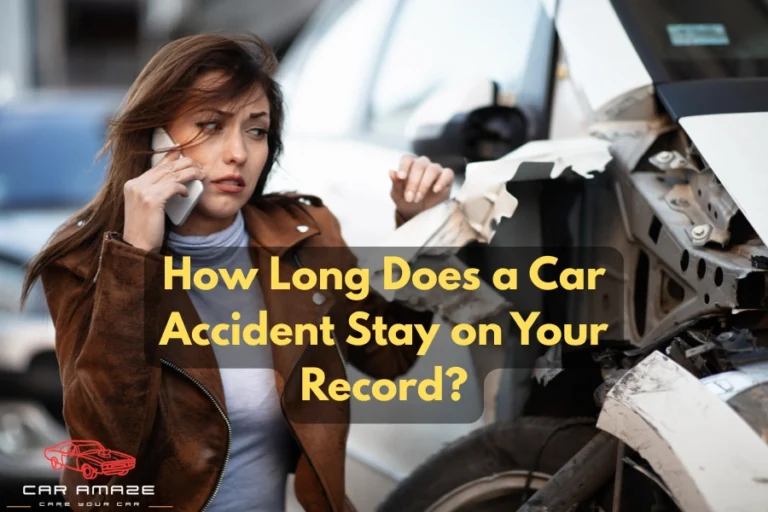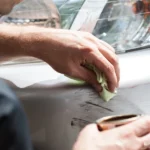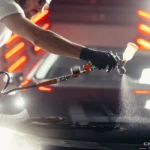Brake and Light Inspection for Salvage Cars: Tips & Cautions
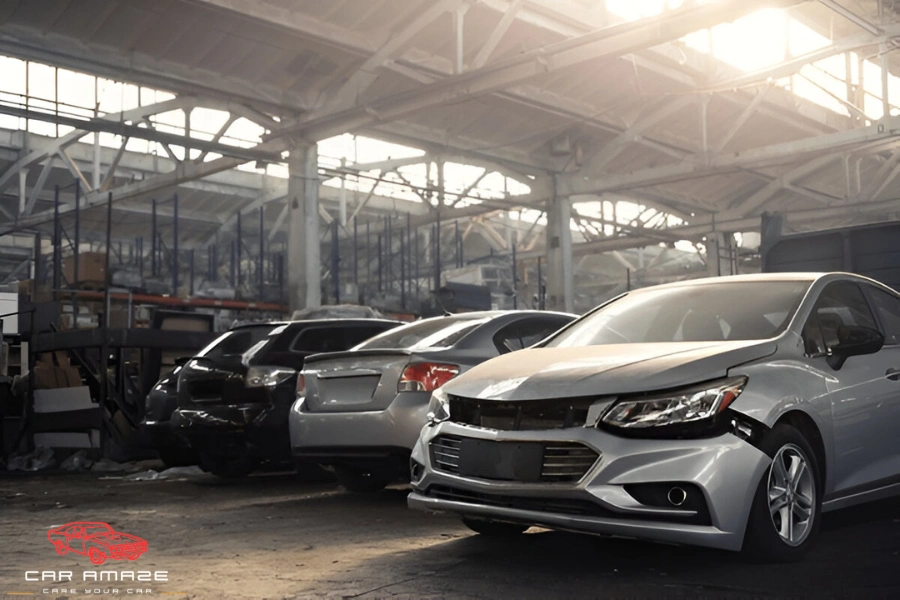
When buying, selling, or tuning up a salvage car, brake and light inspection is essential. Salvage cars are those cars that were previously heavily damaged due to an accident and then repaired to make them drivable. Therefore, great attention should be paid to the brake and light inspection for salvage cars, especially when buying them. However, there are some tips for inspecting brakes and lights and some preventive measures, which you will explore in this guide.
Table of contents
- Importance of Brake and Light Inspection for Salvage Cars
- Why do brake and light inspections matter for salvage cars?
- Tips for Brake Inspection on Salvage Cars
- Tips for Light Inspection on Salvage Cars
- Brake and Light Inspection for Salvage Cars: Cautions
- Conclusion
- FAQs
Importance of Brake and Light Inspection for Salvage Cars
The accurate working of the brakes and light is essential for both safety and legal reasons. Whenever you buy a salvage car or are repairing your car, properly inspect the brakes and lights.
Why do Brake and Light Inspections Matter for Salvage Cars?
The brakes and lights are the most essential security features in new and salvage cars. This inspection also helps you determine the quality of repair for a salvage car. The accurate brakes stop the car as it should and help avoid accidents.
On the other hand, the functional lighting lets other drivers know about your attention, like turning, braking, and moving backward. The brake and light inspection cost is not too high, but it saves you from serious accidents.
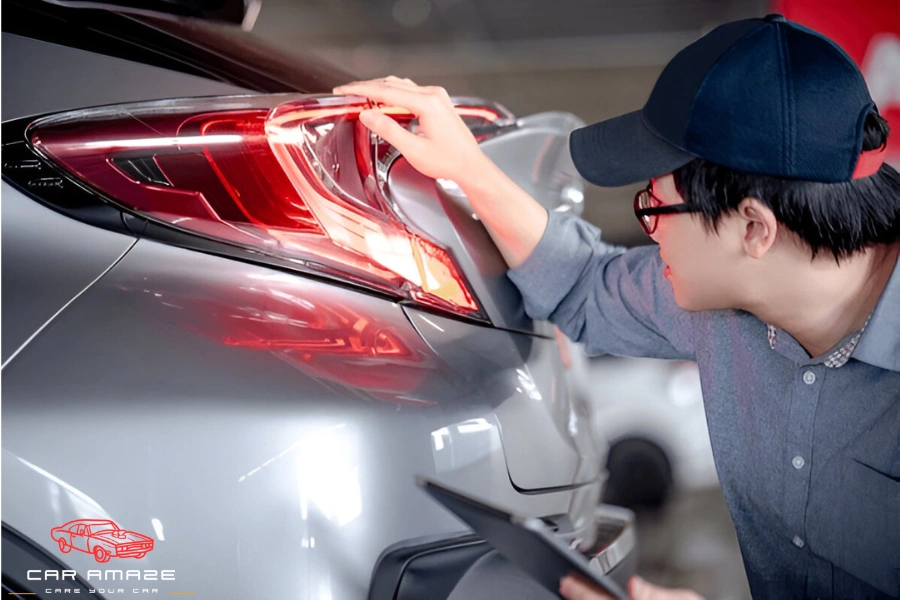
Risks of neglecting brake and light inspection
Skipping the inspection is not recommended because it can lead to serious risks. Here are the critical cons of not inspecting the salvage car:
- Poor brakes could fail in an emergency, leading to an accident.
- Faulty lights make it difficult to see the cars and other objects on the road at night.
- Faulty brakes and lights could prevent you from legally driving the car on public roads.
Tips for Brake Inspection on Salvage Cars
Here are important steps and useful tips to properly inspect the brakes. These tips will help you interpret everything correctly:
Visual inspection: What to look for
Start with a visual analysis of the brakes to find any obvious cracks, leaks, or signs of rust. Ensure everything is clear because sometimes small paint scuffs can hide broken areas. If you find any signs of a paint scuff, remove it to inspect clearly. You can get expert help or do research online to know how to remove paint scuff from car.
Brake fluid check: A critical step
Brake fluid plays a key role in the proper functioning of the brake. Inspect the brake fluid to ensure it is clean and at the right level. During the brake and light inspection for salvage cars, a fluid level checkup is essential, but it has little impact on the purchasing decision.
Brake performance test: Assessing safety
Take the car for a test ride and check the brake performance at low, medium, and high speeds. Check whether the car stops smoothly without producing any noise or vibration. If the car does not stop correctly or produces sounds when applying the brake, it means the brake is faulty.
Check brake pad thickness
The brake pad is the crucial component of the whole braking system of a car. With the passage of time, the thickness of the brake pad, as well as brake performance, reduces. Therefore, when inspecting the salvage car, look at the brake pad’s thickness.
Inspect brake rotors
Brake rotors are the metallic disks connected to the wheels. Like brake pads, the rotor disks wear down over time and reduce the brake performance. If the brake rotor has a rough or uneven surface, it needs resurfacing or replacement. Before driving the vehicle, ensure the brakes work efficiently to avoid accidents.
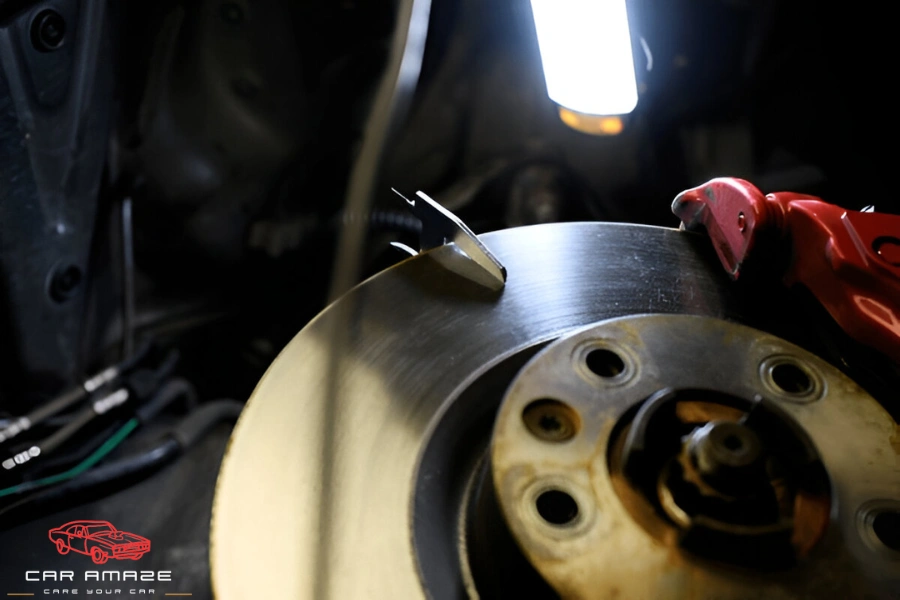
Test brake fluid pressure
The brake fluid plays a key role in the smooth and proper functioning of the brake. If the brake fluid is low, the brake will not perform quickly or correctly. Therefore, when you go for the brake and light inspection for salvage cars, ensure the fluid level is right.
Check brake hoses and lines
The main function of brake hoses and lines is to carry the fluid through different brake components. During inspection, make sure that there are no leaks or cracks on hoses and lines.
Test the anti-locking braking system
Anti-locking braking system (ABS) is an advanced technology that prevents the wheels from locking up during sudden braking. If you buy a salvage car with ABS braking, make sure it is mechanically and electrically perfect.
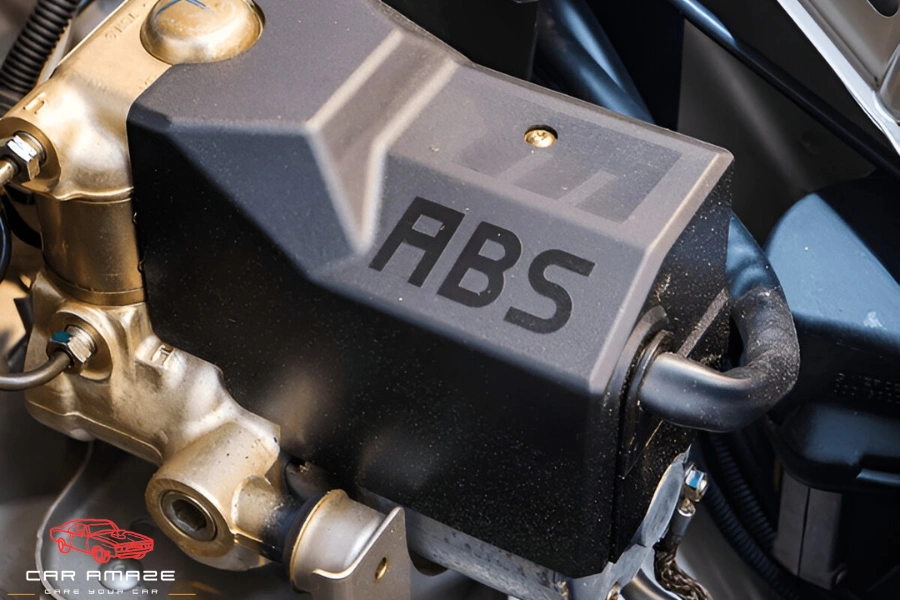
Tips for Light Inspection on Salvage Cars
Proper light functioning is important in terms of safety and traffic rules. It is not as critical as brake inspection but still requires attention. Here are some inspection tips:
Headlight inspection: alignment and brightness
The correct alignment and appropriate brightness of the headlight help to drive safely at night. Inspect the alignment and brightness and make sure they are aimed correctly.
Tailight and brake light inspection
Make sure that the taillight and brake light should turn on when you press the brake. This light alerts other drivers that you are applying brakes and want to stop. If they are not working properly, fix them before buying and driving the salvage cars.
Check marker lights and reflectors
Marker lights and reflectors help others see your car from different angles. Make sure that these lights and reflectors are clean, especially if you drive at night. One of the common elements that sticks to the lights is tree sap. If you have bought a salvage car with tree sap and want to clean it, read our guide on how to remove tree sap from the car without damaging the paint.
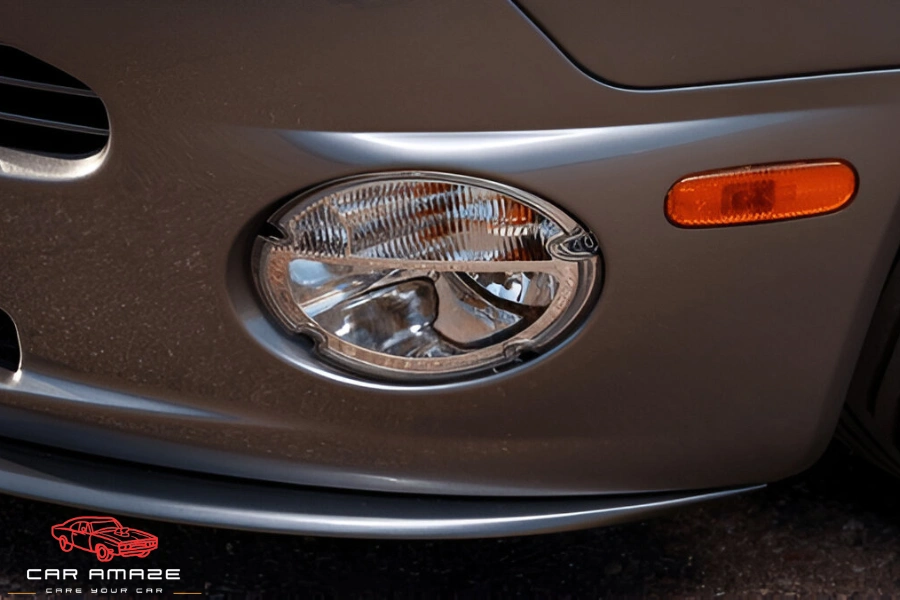
Test fog light function
When inspecting the lights, we mostly ignore fog lights. Check that they turn on and are aimed properly for the best visibility.
Additional Light Inspection Zones to Check
Here are more critical things to check during an inspection of a car’s lights:
- Check that the front, back, and side indicators blink correctly. Driving the salvage car with faulty indicators causes difficulty for other drivers when you turn left or right.
- Inspect the interior buttons of the headlight, backlight, and indicators.
- Make sure that all the light indicators are showing correctly, like signals, headlights, high beams, engine warnings, etc.
- Inspect the brake switch of the salvage car, which is used to turn on the brake light.
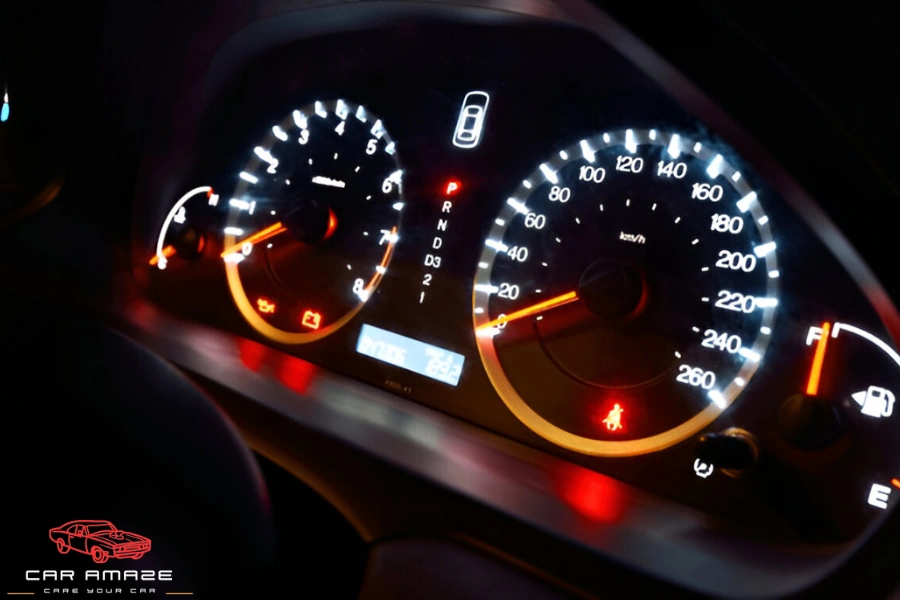
Brake and Light Inspection for Salvage Cars: Cautions
Have you understood the important inspection zones and methods? If so, there are still some cautions to keep in mind during the brake and light inspection for salvage cars.
Beware of rebuilt or repaired brakes
Sometimes, the seller of a salvage car repairs the brakes and hides the damaged area. It is not a big problem, but the important thing is to ensure that replacement parts are genuine. Poor-quality brakes are not too reliable and cause problems in the long run.
Watch for signs of water damage
Salvage cars may have experienced flood, heavy rain, and hail damage. These environmental factors can damage the lights, brakes, and even the outer body. If you notice water stains or rust, it could mean there is internal damage. Additionally, if the car is damaged by hail, decide if it is worth fixing the hail damage on a car before repairing it.
Watch for signs of fire damage
If the car has been exposed to external fire or engine fire, it may have complex electrical and mechanical issues. These problems could affect both the lights and braking systems.
Do not ignore unusual noise
During the test ride, if you notice any noise, do not take it easy. It could be the issue in the brakes or even in the engine. The best idea is to go to any mechanic shop to inspect the noise and its cause.
Be cautious of cars with high mileage
High-mileage cars tend to have more wear on brakes and lights. Therefore, if the salvage car has high mileage, check whether it is used carefully or roughly.
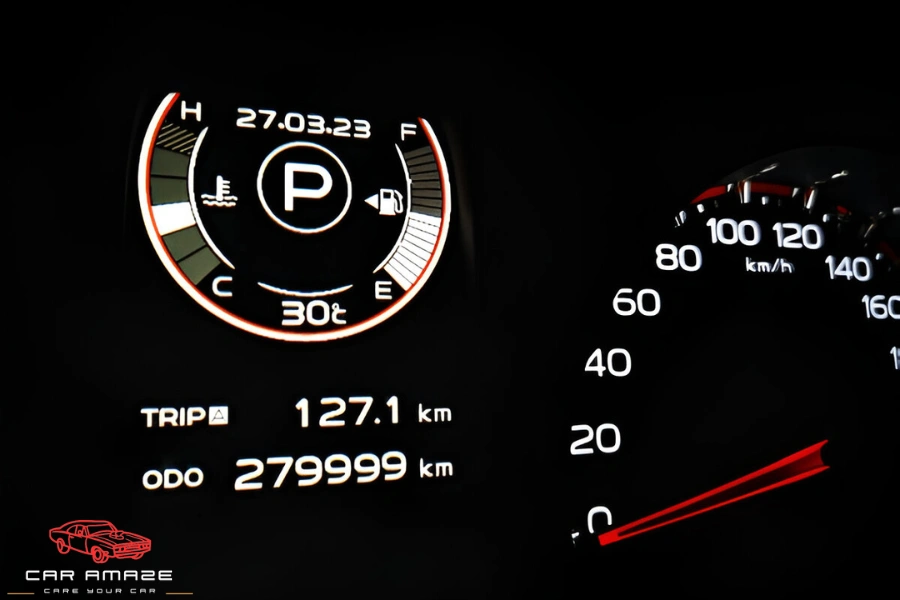
Don’t ignore warning lights
If any dashboard warning lights are on, don’t ignore them. They can be signs of serious issues with the brakes, lights, or engine. Some common issues include ABS brake failure, car overheating when idle, light issues, electrical system failure, etc.
Conclusion
Brake and light inspection for salvage cars is essential for making a safe deal. Thoroughly inspect everything in a salvage car so you don’t have to worry on the road. This inspection is worth the effort, and it is a good idea to spend some time on it. Other than the brakes and light, it is also recommended that other parts, like the engine and body condition, be inspected as well.
FAQs
What is required for a brake and light inspection in California?
For a brake and light checkup in California, you require a certified inspection by an authorized facility. The main aspects of a certified inspection are checking the working and safety of brakes, brake lights, headlights, turn signals, indicator lights on the dashboard, and electrical systems.
What should a brake inspection include?
The brake inspection includes checking the brake pads, rotors, fluid level, hoses, and lines. The brake checkup also involves a performance test on high speed and an anti-lock braking system (ABS) test.
How much does a brake and light inspection cost for salvage cars in California?
The cost of a brake and light inspection for salvage cars in California varies based on the car model and the expertise of car mechanics. The average inspection cost in California and other regions of the USA ranges from $50 to $150. To get an exact estimate, we recommend you visit a nearby car repair shop.
What is a visual brake inspection?
The visual brake inspection involves looking at the main brake components to find damages. This inspection checks for visible damage to brake pads, rotors, hoses, and brake lines.
What four things should be done during a thorough inspection of the brake fluid?
The four essential brake fluid checkups are listed below:
- Check the fluid level to ensure it is neither too high nor too low.
- Inspect the fluid color to make sure that it is not dirty or expired.
- Test the fluid pressure because a low pressure indicates fluid leakage.
- Look for signs of contamination, like particles or rust in the fluid.
